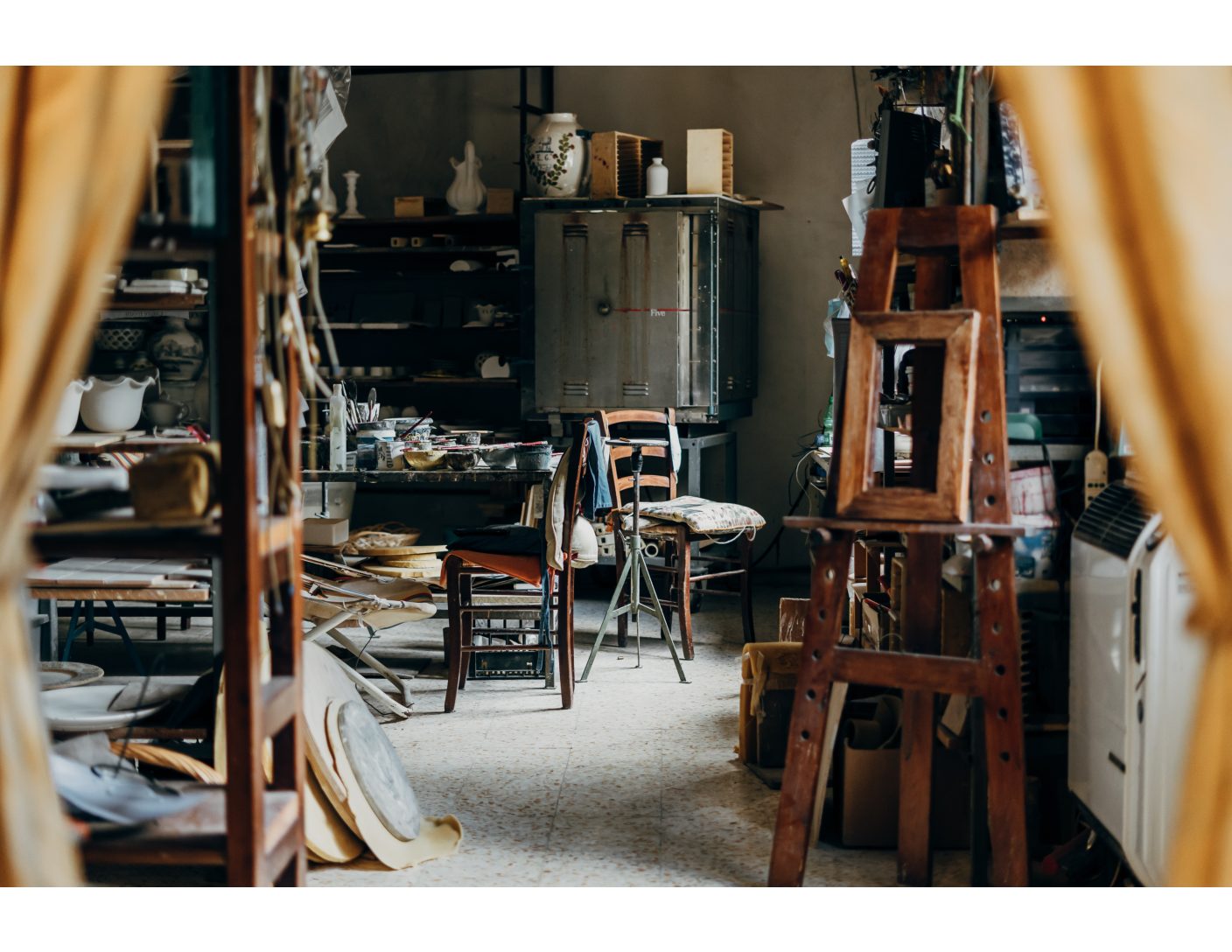Whether we’re letting our imaginations run wild or focusing on what’s in front of us, our day-to-day lives are defined by space: living space, personal space, outer space. We make space. We claim space. We practice social distancing. We turn spaces into homes, into communities, into refuges, and we forge relationships with others and ourselves within those spaces.
- Jermaine Hall, Medium, Jul 28, 2021
Today, July 30th, I begin a month-long sabbatical. I began planning for it in early June. In my nearly 66 years, I have not taken more than two weeks off from my work. While the pandemic wore me down, like it did for all of us, it was not fatigue that conjured this sabbatical. It was my lack of creating much of anything original in my work or in my life since March 2020.
I do not claim to be a deep creative muse, but what help are we if slowing down does not benefit the world with a consistent dose of deeper work output? Slowing down and opening that space between life and work allows us to dig deep into an idea and play with it until something new emerges.
My small creative process brings me joy and joy has been missing for awhile.
I have been intentional about this sabbatical design. There are six “adventures” I am exploring: writing, networking, painting and drawing, fitness and diet, reading and refreshing my business focus.
Allowing for the possibility that I am way too ambitious here, I love the diversity of these adventures because I get bored easily and multiple adventures gives me permission to move around while focused.
I am designing my sabbatical around two elements. The first element is the concept of “deep work” as developed by Cal Newport in his book Deep Work. Newport suggests that more career capital and satisfaction are built through a focus on daily doses of deep work. All great artists have understood this concept for centuries. All Newport is doing is reminding us that acts of creative craft are born from making real time to create. A reminder we all need in this age of social media/mobile phone obsession.
The second element has to do with space. Space is time on the calendar but it is also a physical place. The French word for a creative space is ‘atelier’; it is also a cooler word. I have been thinking about the design of my atelier for a few weeks. I have been taken back to my university days in art history class and recall that Michelangelo, Di Vinci, O’Keeffe, Monet, Picasso and Kahlo all worked out of ateliers. And these are just the painters. Twyla Tharp has her dance studio loft in the middle of Manhattan.
Physical space matters. For many of us, just walking into our atelier means leaving the distractions of the rest of the world on the other side of that door. When the door shuts, the work begins. The atelier is a sacred space that provides the container for doing creative deep work. It is the holding place when the process is hard, when we get high-centered and cannot move forward. We inherently understand that if we just stay inside the container, stay inside the struggle, that something new will emerge.
My father was a newspaper writer. He spent the better part of 50 years writing against tight deadlines. He only gave me one writing lesson in my life: I was 12 years-old, and I had to write a report on Yugoslavia. I was procrastinating and probably a bit whiny. I asked my dad for help. He saw right through me. He knew I was hoping he’d co-write it with me.
He took me into my bedroom and had me sit at my small desk. He then asked me to get my notebook and pen. Once in hand, he said, “Now do not get up until you are finished,” and he walked out and closed the door.
I was not too pleased, but I knew it was time to get on with it. It was many years later that I realized my father was teaching me what it took to get into the space of writing and creating. While it was a physical space (I could hardly call my childhood bedroom an atelier), the real lesson was to help me understand what is required to get into one’s mental atelier. The space where all creative deep work originates.
When Twyle Tharp has completed all her concept design for a new dance, she heads to her Midtown studio.
She is alone.
She puts on the dance shoes and walks to the center of the studio and pauses. Then she stomps her foot on the floor and says, “Begin.”
A mental and physical space and a little foot stomping is all it takes to begin creating.





Comments are closed.